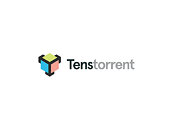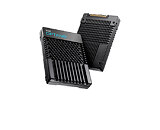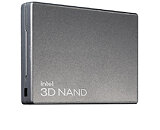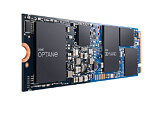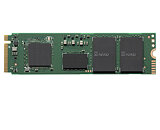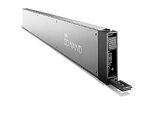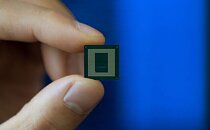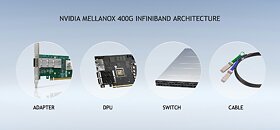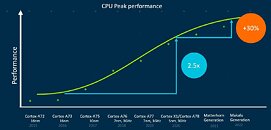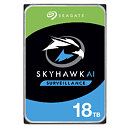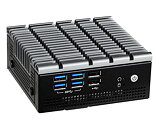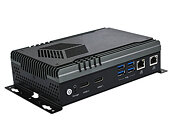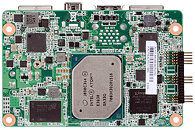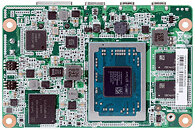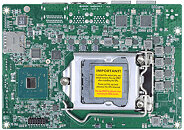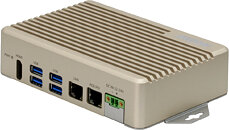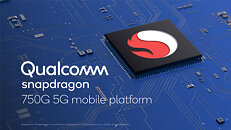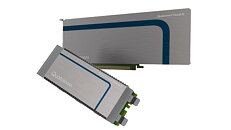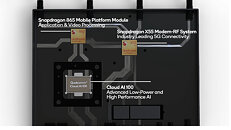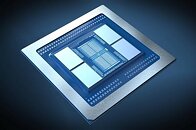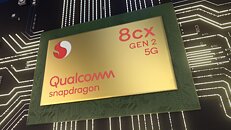Jim Keller joins Tenstorrent as President and CTO
Tenstorrent, a hardware start-up developing next generation computers, announces the addition of industry veteran Jim Keller as President, CTO, and board member. "Tenstorrent was founded on the belief that the ongoing shift towards ML-centric software necessitates a corresponding transformation in computational capabilities," said Ljubisa Bajic, Tenstorrent's CEO. "There is nobody more capable of executing this vision than Jim Keller, a leader who is equally great at designing computers, cultures, and organizations. I am thrilled to be working with Jim and beyond excited about the possibilities our partnership unlocks."
As CTO, Keller will lead Tenstorrent's efforts to be the hardware solution needed to address Software 2.0, the exciting industry shift towards using machine learning methods to solve problems previously addressed by traditional software. "Software 2.0 is the largest opportunity for computing innovation in a long time. Victory requires a comprehensive re-thinking of compute and low level software," Keller said. "Tenstorrent has made impressive progress, and with the most promising architecture out there, we are poised to become a next gen computing giant."
As CTO, Keller will lead Tenstorrent's efforts to be the hardware solution needed to address Software 2.0, the exciting industry shift towards using machine learning methods to solve problems previously addressed by traditional software. "Software 2.0 is the largest opportunity for computing innovation in a long time. Victory requires a comprehensive re-thinking of compute and low level software," Keller said. "Tenstorrent has made impressive progress, and with the most promising architecture out there, we are poised to become a next gen computing giant."
